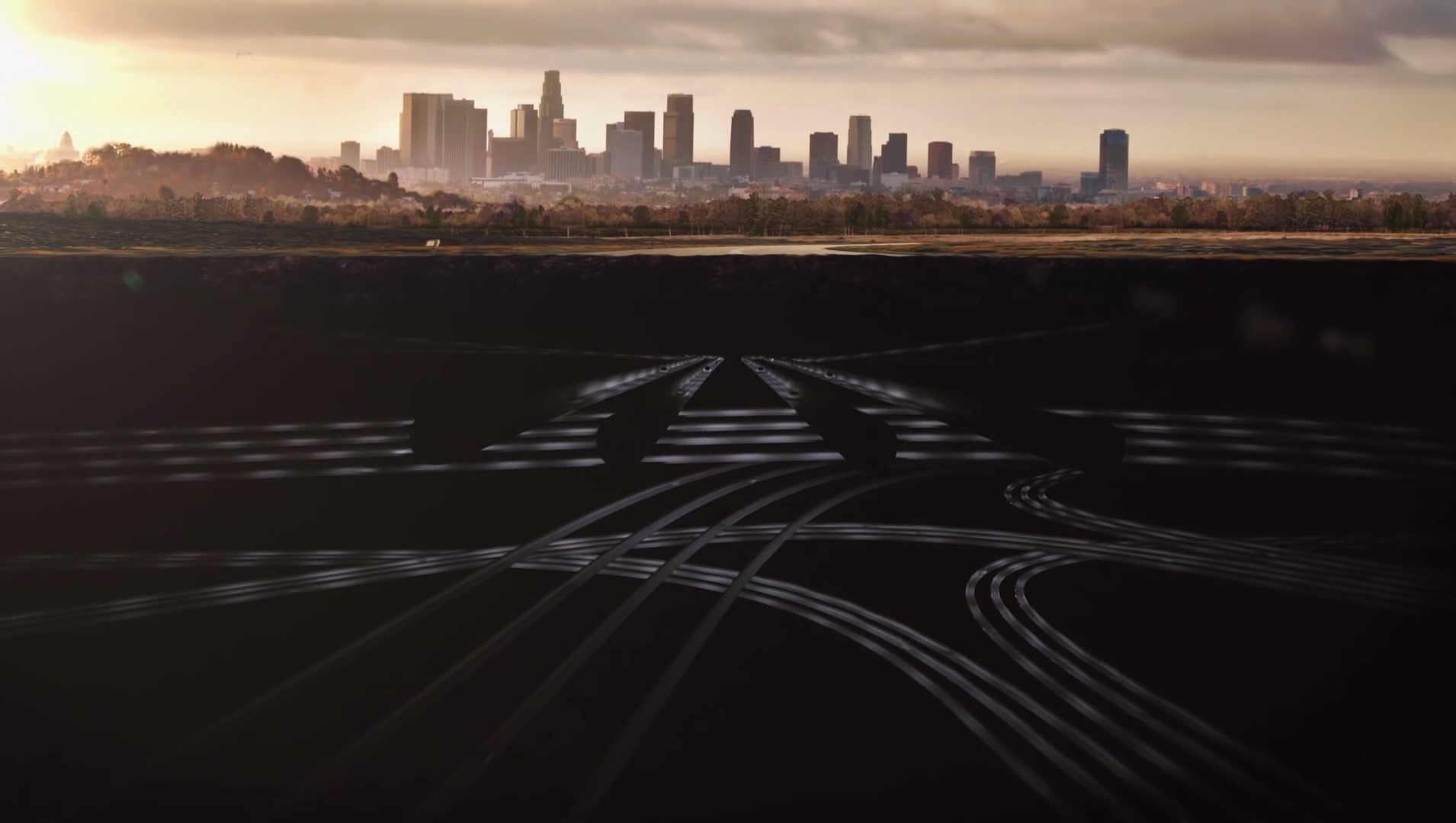
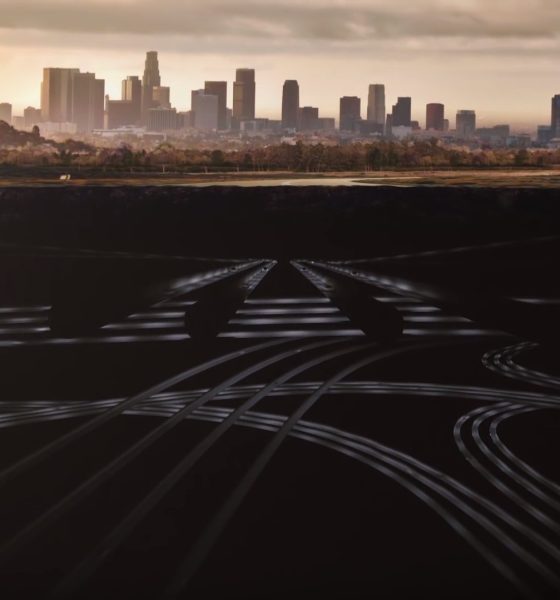
News
Elon Musk and Israel in discussions about Boring Company transport project
Elon Musk’s tunnel digging technology developed by The Boring Company is being eyed by Israel as a potential solution to the country’s traffic and public transportation woes. Israeli Prime Minister Benjamin Netanyahu revealed at a recent campaign event that his government was in talks with the serial entrepreneur about tapping into Boring’s tunneling solutions to address infrastructure concerns.
“I met a man that they call Elon Musk — have you heard of him? A real genius,” Netanyahu said, as published in a report by Bloomberg. ““Right now we’re in conversation with him to see if we can tunnel the State of Israel.” The two men’s discussion took place at the Prime Minister’s residence over a breakfast.

Israel’s population growth has outpaced its infrastructure development thanks to an immigration influx and a surge in economic growth over the last two decades. Its small geographic area – about 290 miles long and 85 miles across at its widest – requires innovative solutions that take its space limitations into account when it comes to transportation solutions.
Several underground rail projects are underway in Israel; however, only one subway system is currently running in the country. It will remain that way until the planned Tel Aviv Light Rail lines become operational, the earliest planned for 2021 to the tune of $3 billion dollars for 14 miles of line. When compared to The Boring Company’s prior expenditure of only $10 million per mile of tunnel, it’s perhaps understandable why Israel would be interested in Musk’s improved digging technology.

Although the Boring Company hasn’t captured many headlines since its Monty Python watchtower days since its Hawthorne test tunnel completion, interest in the developed technology hasn’t waned with those who could benefit from its potential. In Las Vegas, a proposed two-mile transport line to be constructed by Musk’s company was recently approved by the city’s Convention and Visitors Authority board of directors. As planned, a series of underground tunnels will be dug by Boring, encompassing the local convention center and possibly expand to the McCarran International Airport. The estimated cost is between $35 and $55 million, and its completion set for the end of 2019, according to Musk.
The Boring Company’s planned high-speed transit tunnel connecting O’Hare International Airport with downtown Chicago is also still in the works despite criticism from local officials. Musk has estimated a cost of around $1 billion for the 18-mile project, none of which will be a taxpayer burden due to private investment. These private funding plans are a big source of skepticism surrounding Musk’s tunneling project, but enough support within Chicago’s government remains to continue moving forward.
The Hawthorne test tunnel, debuted on December 18th last year with fanfare and test rides, was constructed using a conventional tunnel boring machine (TBM) nicknamed Godot. The next iteration of Boring’s machines, an upgraded hybrid TBM named Line-Storm, will be operational any day now, according to Musk via Twitter. “Maybe active in a month or so. Focus right now is getting to high speed, tight follow distance in test tunnel,” he tweeted in reply to a status inquiry about Line-Storm at the end of February this year.

Line-Storm is estimated to be twice as fast as Gadot and will be succeeded by the all-electric Prufrock, a TBM being completely designed and built by The Boring Company. Prufrock will be 10-15x faster than than conventional machines, plus meet the energy and environmental standards driving all of Musk’s companies by having zero emissions.
Just as with Tesla’s Full Self-Driving technology, though, The Boring Company’s projects face regulatory hurdles and pushback that will likely be a determining factor in whether or not its many projects succeed. It remains to be seen whether Israel will have the same legal obstacles if its Prime Minister’s discussions with Musk manifest into any solid agreements.

News
Tesla dominates in the UK with Model Y and Model 3 leading the way
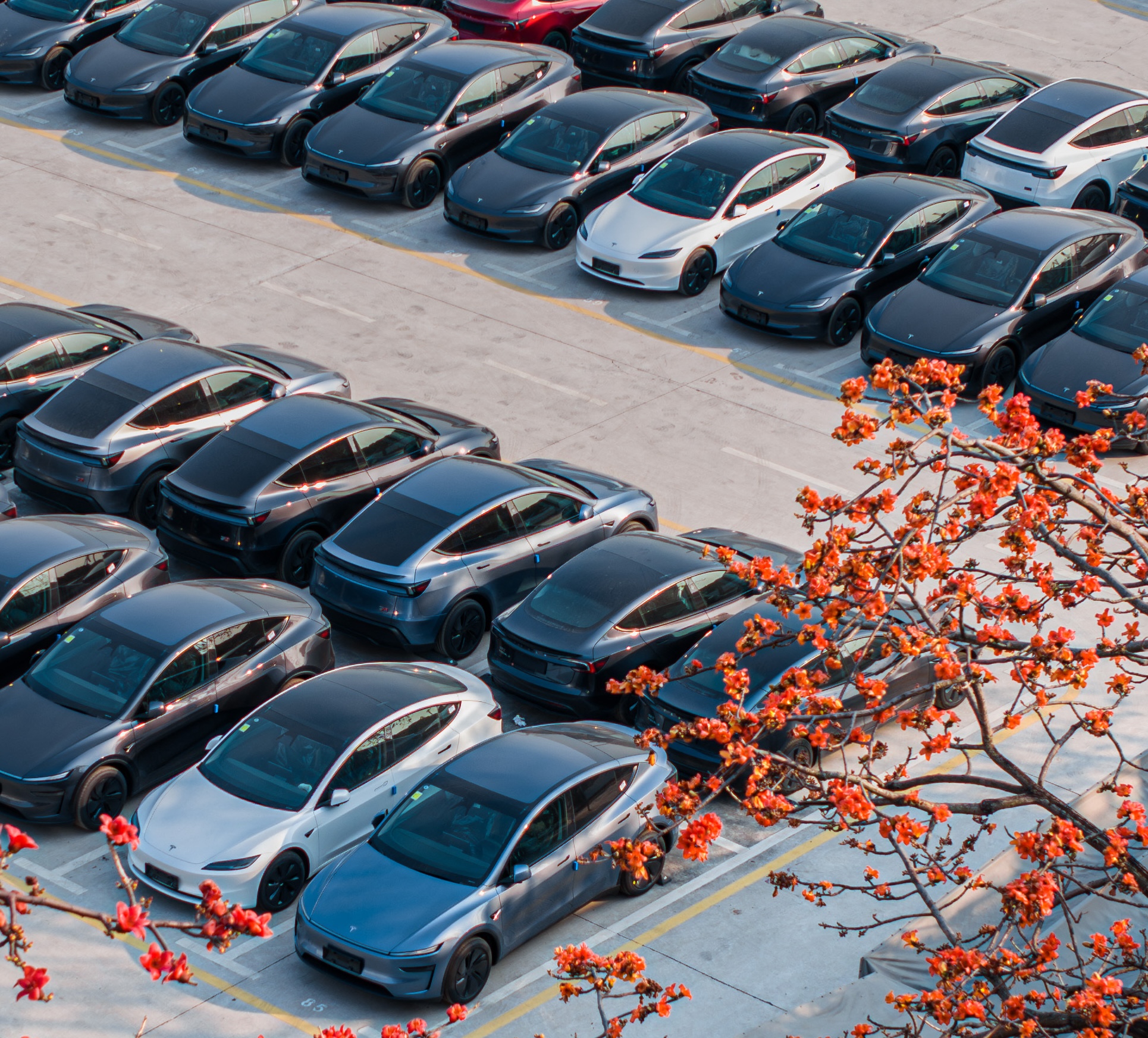
Tesla is dominating in the United Kingdom so far through 2025, and with about two weeks left in the year, the Model Y and Model 3 are leading the way.
The Model Y and Model 3 are the two best-selling electric vehicles in the United Kingdom, which is comprised of England, Scotland, Wales, and Northern Ireland, and it’s not particularly close.
According to data gathered by EU-EVs, the Model Y is sitting at 18,890 units for the year, while the Model 3 is slightly behind with 16,361 sales for the year so far.
The next best-selling EV is the Audi Q4 e-tron at 10,287 units, lagging significantly behind but ahead of other models like the BMW i4 and the Audi Q6 e-tron.
GOOD NEWS 🇬🇧 Tesla is absolutely crushing the UK electric vehicle market in 2025 💥
The numbers are in, and the dominance is clear. With an impressive amount of 42,270 vehicles delivered year-to-date, the brand now commands a solid 9.6% market share of the total auto market 🆒… pic.twitter.com/dkiGX9kzd0
— Ming (@tslaming) December 18, 2025
The Model Y has tasted significant success in the global market, but it has dominated in large markets like Europe and the United States.
For years, it’s been a car that has fit the bill of exactly what consumers need: a perfect combination of luxury, space, and sustainability.
Both vehicles are going to see decreases in sales compared to 2024; the Model Y was the best-selling car last year, but it sold 32,610 units in the UK. Meanwhile, the Model 3 had reached 17,272 units, which will keep it right on par with last year.
Tesla sold 50,090 units in the market last year, and it’s about 8,000 units shy of last year’s pace. It also had a stronger market share last year with 13.2 percent of the sales in the market. With two weeks left in 2025, Tesla has a 9.6 percent market share, leading Volkswagen with 8 percent.
The company likely felt some impact from CEO Elon Musk’s involvement with the Trump administration and, more specifically, his role with DOGE. However, it is worth mentioning that some months saw stronger consumer demand than others. For example, sales were up over 20 percent in February. A 14 percent increase followed this in June.
News
Tesla Insurance officially expands to new U.S. state
Tesla’s in-house Insurance program first launched back in late 2019, offering a new way to insure the vehicles that was potentially less expensive and could alleviate a lot of the issues people had with claims, as the company could assess and repair the damage itself.
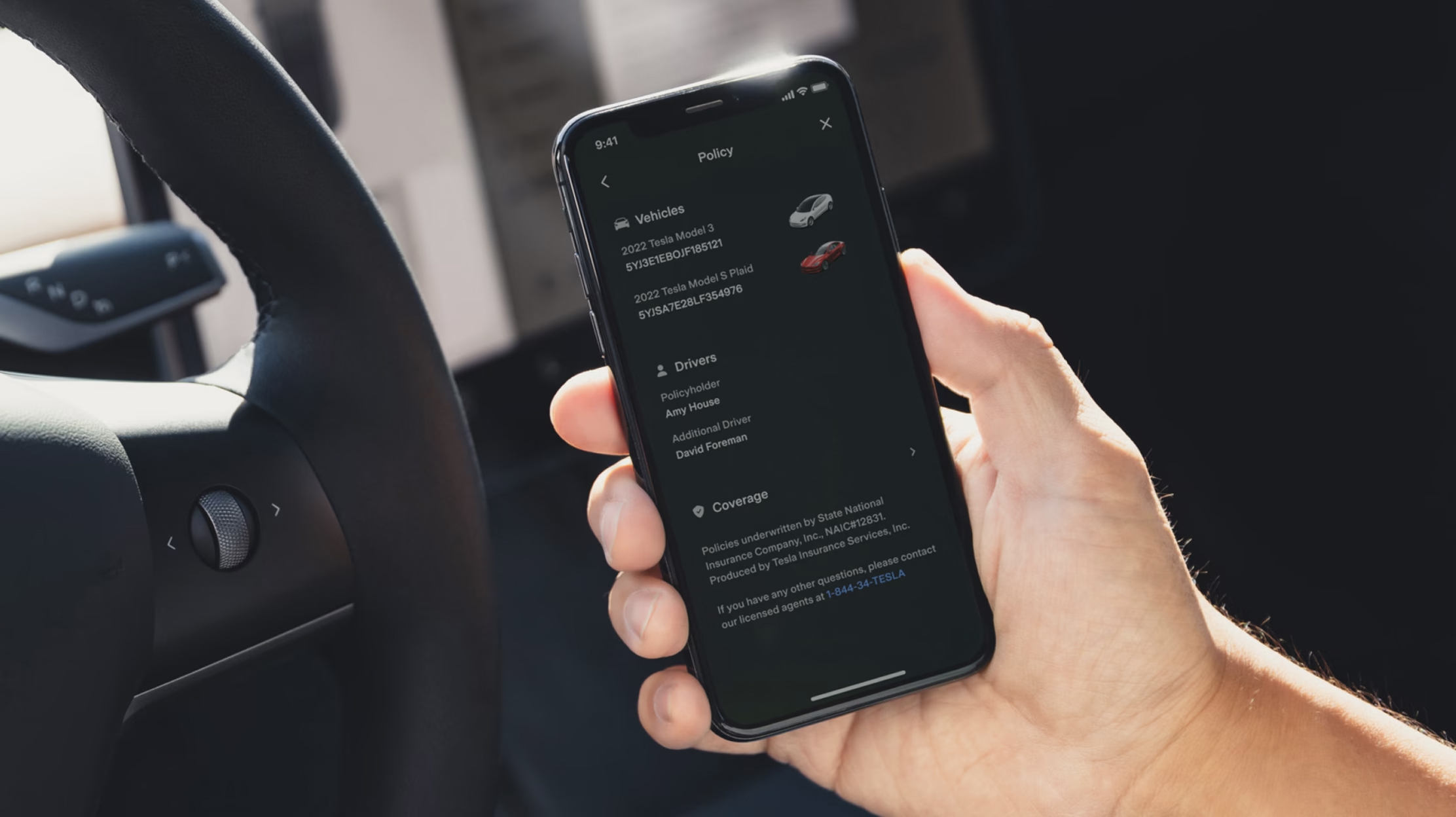
Tesla Insurance has officially expanded to a new U.S. state, its thirteenth since its launch in 2019.
Tesla has confirmed that its in-house Insurance program has officially made its way to Florida, just two months after the company filed to update its Private Passenger Auto program in the state. It had tried to offer its insurance program to drivers in the state back in 2022, but its launch did not happen.
Instead, Tesla refiled the paperwork back in mid-October, which essentially was the move toward initiating the offering this month.
BREAKING: Tesla Insurance has just officially launched in Florida.
This is the first new state to receive @Tesla Insurance in more than 3 years. In total, Tesla insurance is now available in 13 U.S. states (map in thread below of all the states).
Tesla Insurance in Florida uses… pic.twitter.com/bDwh1IV6gD
— Sawyer Merritt (@SawyerMerritt) December 17, 2025
Tesla’s in-house Insurance program first launched back in late 2019, offering a new way to insure the vehicles that was potentially less expensive and could alleviate a lot of the issues people had with claims, as the company could assess and repair the damage itself.
It has expanded to new states since 2019, but Florida presents a particularly interesting challenge for Tesla, as the company’s entry into the state is particularly noteworthy given its unique insurance landscape, characterized by high premiums due to frequent natural disasters, dense traffic, and a no-fault system.
Annual average premiums for Florida drivers hover around $4,000 per year, well above the national average. Tesla’s insurance program could disrupt this, especially for EV enthusiasts. The state’s growing EV adoption, fueled by incentives and infrastructure development, aligns perfectly with Tesla’s ecosystem.
Moreover, there are more ways to have cars repaired, and features like comprehensive coverage for battery damage and roadside assistance tailored to EVs address those common painpoints that owners have.
However, there are some challenges that still remain. Florida’s susceptibility to hurricanes raises questions about how Tesla will handle claims during disasters.
Looking ahead, Tesla’s expansion of its insurance program signals the company’s ambition to continue vertically integrating its services, including coverage of its vehicles. Reducing dependency on third-party insurers only makes things simpler for the company’s automotive division, as well as for its customers.
News
Tesla Full Self-Driving gets sparkling review from South Korean politician
“Having already ridden in an unmanned robotaxi, the novelty wasn’t as strong for me, but it drives just as well as most people do. It already feels like a completed technology, which gives me a lot to think about.”
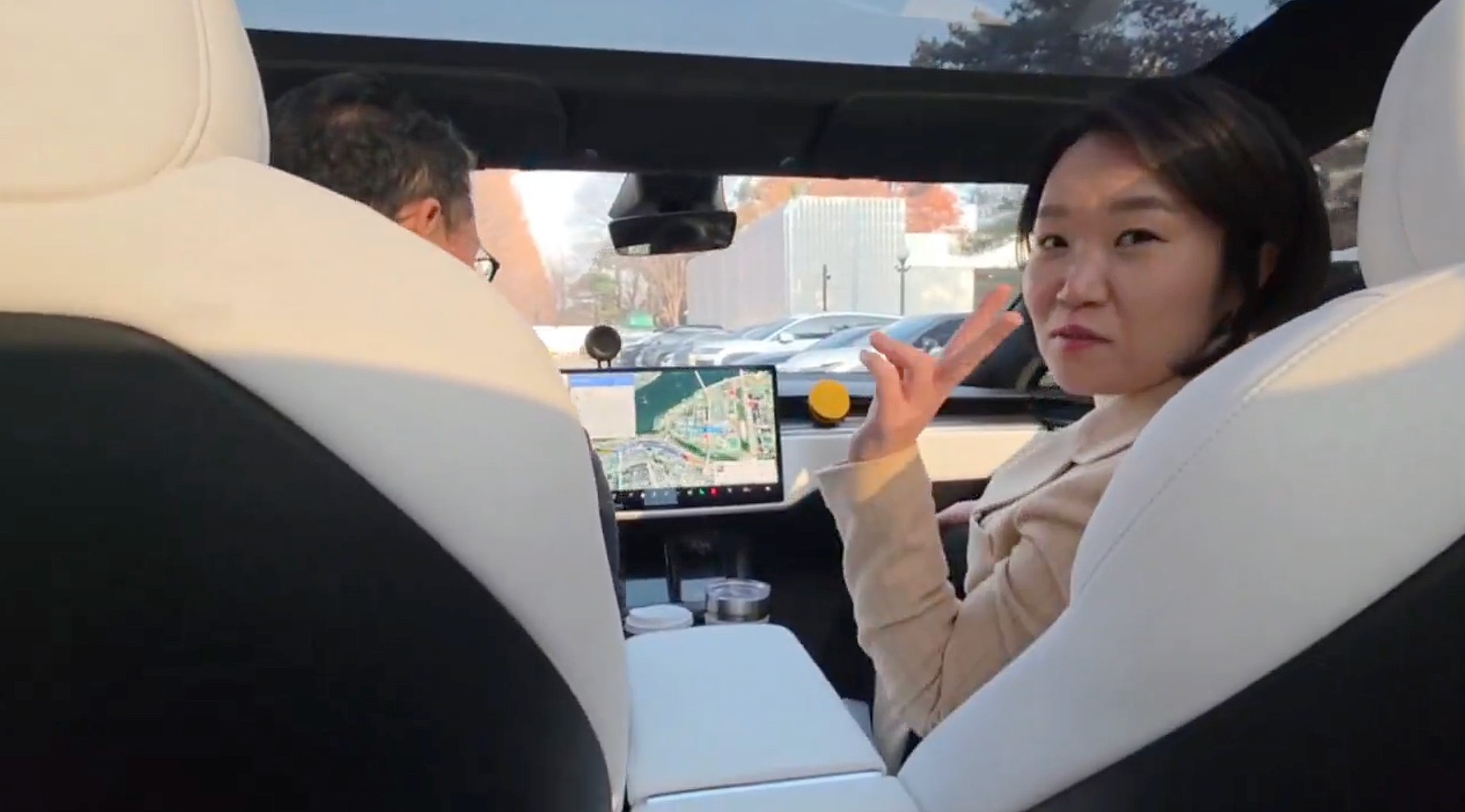
Tesla Full Self-Driving got its first sparkling review from South Korean politician Lee So-young, a member of the country’s National Assembly, earlier this week.
Lee is a member of the Strategy and Finance Committee in South Korea and is a proponent of sustainable technologies and their applications in both residential and commercial settings. For the first time, Lee was able to utilize Tesla’s Full Self-Driving technology as it launched in the country in late November.
Her thoughts on the suite were complimentary to the suite, stating that “it drives just as well as most people do,” and that “it already feels like a completed technology.”
드디어 오늘, 서울에서 테슬라 FSD 체험 했습니다.
JiDal Papa님의 모델S 협찬에 힘입어^^ 파파님 정말 감사합니다.
국회 -> 망원시장 -> 홍익대 -> 국회 복귀 코스였고요.
이미 무인 로보택시를 타봐서 그런지 신기함은
덜했지만, 웬만한 사람만큼 운전을 잘하네요.이미 완성된 기술이라고… pic.twitter.com/8pAidHBpRG
— 이소영 국회의원 (Soyoung Lee) (@im_soyounglee) December 17, 2025
Her translated post says:
“Finally, today I got to experience Tesla FSD in Seoul. Thanks to the Model S sponsored by JiDal Papa^^, I’m truly grateful to Papa. The route was from the National Assembly -> Mangwon Market -> Hongik University -> back to the National Assembly. Having already ridden in an unmanned robotaxi, the novelty wasn’t as strong for me, but it drives just as well as most people do. It already feels like a completed technology, which gives me a lot to think about. Once it actually spreads into widespread use, I feel like our daily lives are going to change a lot. Even I, with my license gathering dust in a drawer, don’t see much reason to learn to drive a manual anymore.”
Tesla Full Self-Driving officially landed in South Korea in late November, with the initial launch being one of Tesla’s most recent, v14.1.4.
It marked the seventh country in which Tesla was able to enable the driver assistance suite, following the United States, Puerto Rico, Canada, China, Mexico, Australia, and New Zealand.
It is important to see politicians and figures in power try new technologies, especially ones that are widely popular in other regions of the world and could potentially revolutionize how people travel globally.








